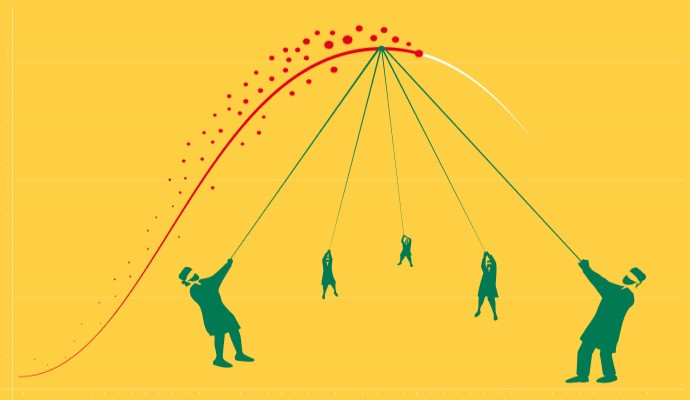Medicaid Enrollment Grew by 2.3M People at Start of the Pandemic
Job losses from the COVID-19 pandemic are leading to major insurance coverage disruptions, with major increases in Medicaid enrollment already evident in some states, a new study shows.

Source: Getty Images
- In the first several months of the COVID-19 pandemic, Medicaid enrollment increased by at least 2.3 million Americans, according to researchers from the University of Minnesota.
For more coronavirus updates, visit our resource page, updated twice daily by Xtelligent Healthcare Media.
Medicaid enrollment grew by 1.7 million individuals in the 26 states that reported enrollment data between March 1, 2020, through June 1, 2020.
But that number grew significantly after accounting for seven states that published Medicaid enrollment data just through May 1, 2020, the study published in Health Affairs showed.
Additionally, in ten of the states analyzed, the percentage growth in Medicaid enrollment over the short period of time exceeded six percent. In comparison, annual Medicaid enrollment increased by 8.9 percent and 5.9 percent during the Great Recession years of 2009 and 2010, researchers highlighted.
The findings point to the major insurance coverage disruptions healthcare industry leaders expect coming out of the COVID-19 pandemic.
“We document that major increases in Medicaid enrollment are already evident in some states,” researchers wrote in the study. “Medicaid programs will play an even more important role than in prior economic downturns due to the magnitude of job losses and the ACA’s expansion of Medicaid to low-income childless adults.”
COVID-19 resulted in historic levels of job losses, with 30 million Americans filing for unemployment insurance in the first three months of the pandemic alone according to data from the Department of Labor.
Since most non-elderly individuals rely on their employers for insurance coverage, pandemic-related job losses have the potential to significantly increase the uninsured population.
Research from the Commonwealth Fund and SSRS already showed that one in five adults reporting a job loss that resulted in insurance coverage disruption were uninsured by June. Another 10 percent were able to get coverage or were planning to get coverage through COBRA and 7 percent said at least one person had enrolled in Medicaid or an individual-market plan.
The remaining 53 percent of people were able to maintain employer-sponsored insurance coverage through a family member.
But this shift in payer mix could spell trouble for providers, researchers from the University of Minnesota stated.
“Although Medicaid coverage confers financial protection and has been shown to reduce mortality, it should be noted that Medicaid coverage in this time-period will not necessarily result in access to all needed care,” they wrote in the study.
Medicaid reimbursement fell nearly $23 billion short of actual hospital costs for treating beneficiaries in 2017, according to the most complete numbers from the American Hospital Association (AHA).
These relatively low provider reimbursement rates have limited access to care for Medicaid enrollees, recent data has shown.
Despite significant increases in Medicaid enrollment during the COVID-19 pandemic, increases in payment rates are unlikely as states also grapple with budget shortfalls, researchers explained.
“The safety-net providers that typically serve Medicaid beneficiaries are under financial strain from COVID-19-related reductions in service volume,” they wrote. “Many states are expecting to face serious budget deficits due to reductions in tax revenue caused by the pandemic, and the pressure to reduce spending on Medicaid benefits will grow as the number of enrollees increases and state coffers dwindle.”
This will be especially true in states that expanded Medicaid. Researchers observed relatively higher enrollment increases for Medicaid expansion-eligible populations than for overall Medicaid enrollment.
Providers will need to pay special attention to insurance verifications as the pandemic continues, especially since patients are still hesitant to access care.
“[M]any people who are Medicaid-eligible may not enroll until they have an immediate need for health services and such needs may be postponed due to cancellation of non-essential procedures or concerns related to health care use during the pandemic,” researchers wrote. “People eligible for Medicaid/CHIP may also be unaware that the $600 supplemental unemployment benefit from the CARES act is not included in Medicaid/CHIP income determinations, leading them to believe that their income exceeds the eligibility limit in their state.”
